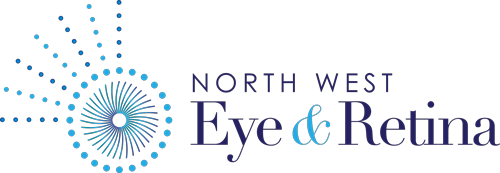Glaucoma
What is glaucoma?
Glaucoma refers to a group of disorders where there is a characteristic pattern of damage to the optic nerve. Unfortunately it remains one of the leading causes of irreversible blindness worldwide. Often the vision loss caused by glaucoma occurs gradually, and people may not be aware they have the condition until the visual loss is advanced.
One of the biggest risk factors for glaucoma is having an elevated eye pressure (intraocular pressure). For some people, this may mean that the pressure is above the normal range, while for others, the damage can occur at lower pressures (normal tension glaucoma). Broadly speaking, there are two types of glaucoma – ‘open’ or ‘closed’ angle glaucoma. The ‘angle’ refers to the structure in the eye where the fluid drains from. The treatment will vary depending on which type of glaucoma you have.

Treatment for glaucoma
Broadly speaking, there are three ways to lower the intraocular pressure and treat glaucoma. These are with: 1) Eye drops, 2) Laser and 3) Surgery.
Depending on the type of glaucoma you have and the extent of the condition, we will be able to formulate a treatment plan together which best manages your condition. Importantly, the goal of all glaucoma therapy is to prevent further vision loss (as we cannot undo any damage which has already been done to the optic nerve from glaucoma).
How long does it take to recover from glaucoma surgery?
There are a range of glaucoma surgeries available. These include Minimally Invasive Glaucoma Surgery (MIGS) such as iStent inject, Hydrus stents and Gonioscopy Assisted Transluminal Trabeculotomy (GATT). More traditional glaucoma surgeries include trabeculotomy and glaucoma drainage devices (drainage tubes). These can be performed alone or at the time of cataract surgery. At NWER, we perform a range of glaucoma surgeries.
Recovery from glaucoma surgery varies depending on the type of surgery you have. Recovery from the traditional glaucoma surgeries tends to be slower than that of most MIGS procedures. Generally, we recommend refraining from any strenuous activity for at least the first few weeks, as well as keeping the eye dry to minimise infection risk. However, this period of recovery is often longer, particularly following trabeculectomy and glaucoma drainage device insertion. Following these procedures, at each post operative visit you will be advised regarding the progress and any resultant changes to the post operative activity instructions.
“Like all surgery and procedures, there are important risks involved in glaucoma surgery, which will be carefully explained at your initial consultation and throughout your post-operative recovery period.”

Eye specialists in Brisbane
Comprehensive care for the whole eye

